
Piercing the veil
A new exhibition at Buxton Contemporary finds a rich complexity in the shadowy terrain between life and death.
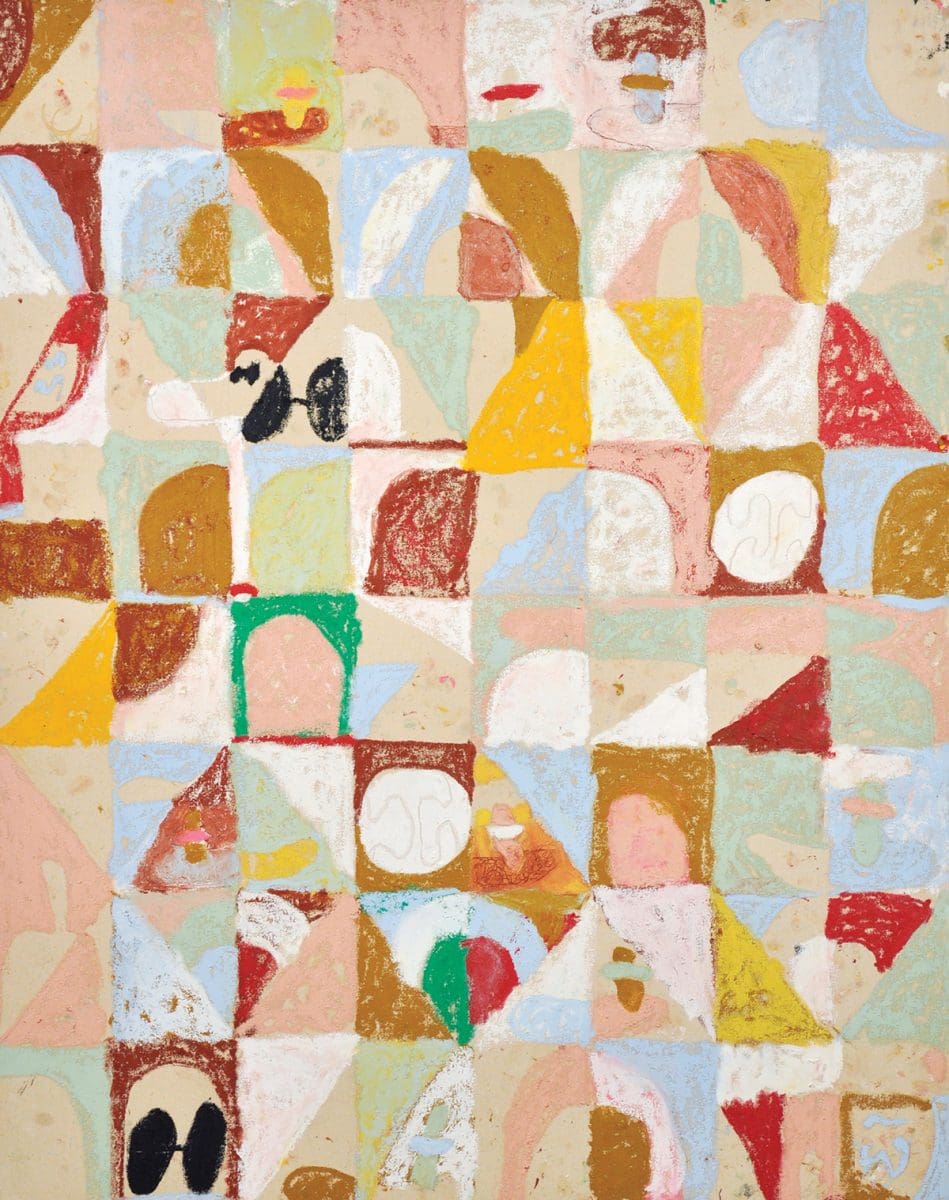
Matlock Griffiths, Uppas ‘n Downas (domesticity), 2016, oil and acrylic on canvas, 124cm x 97.6cm. Image courtesy the artist and Darren Knight Gallery, Sydney.
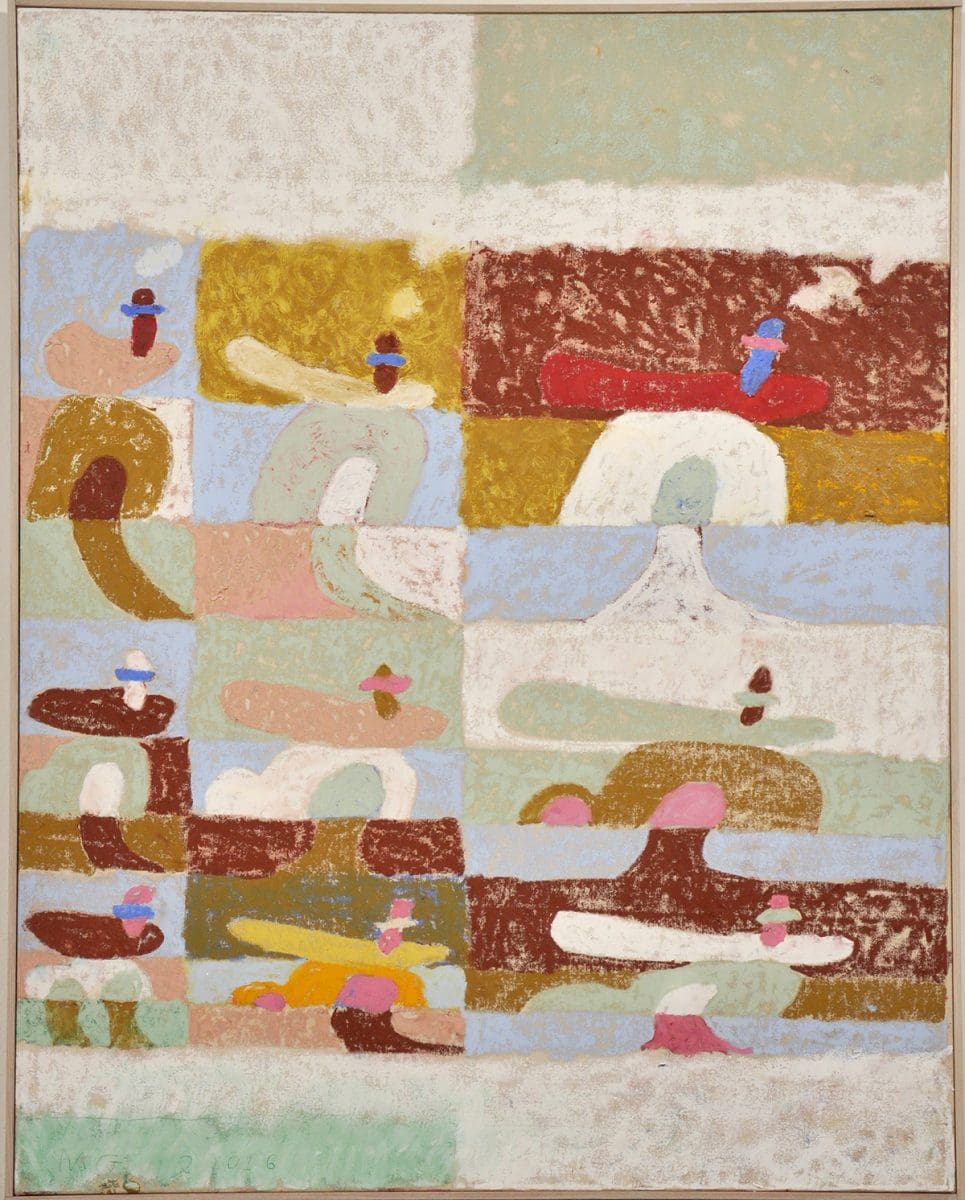
Matlock Griffiths, 9 Houses (progressively more luxurious), 2016, oil and acrylic on canvas, 124cm x 97.6cm. Image courtesy the artist and Darren Knight Gallery, Sydney.
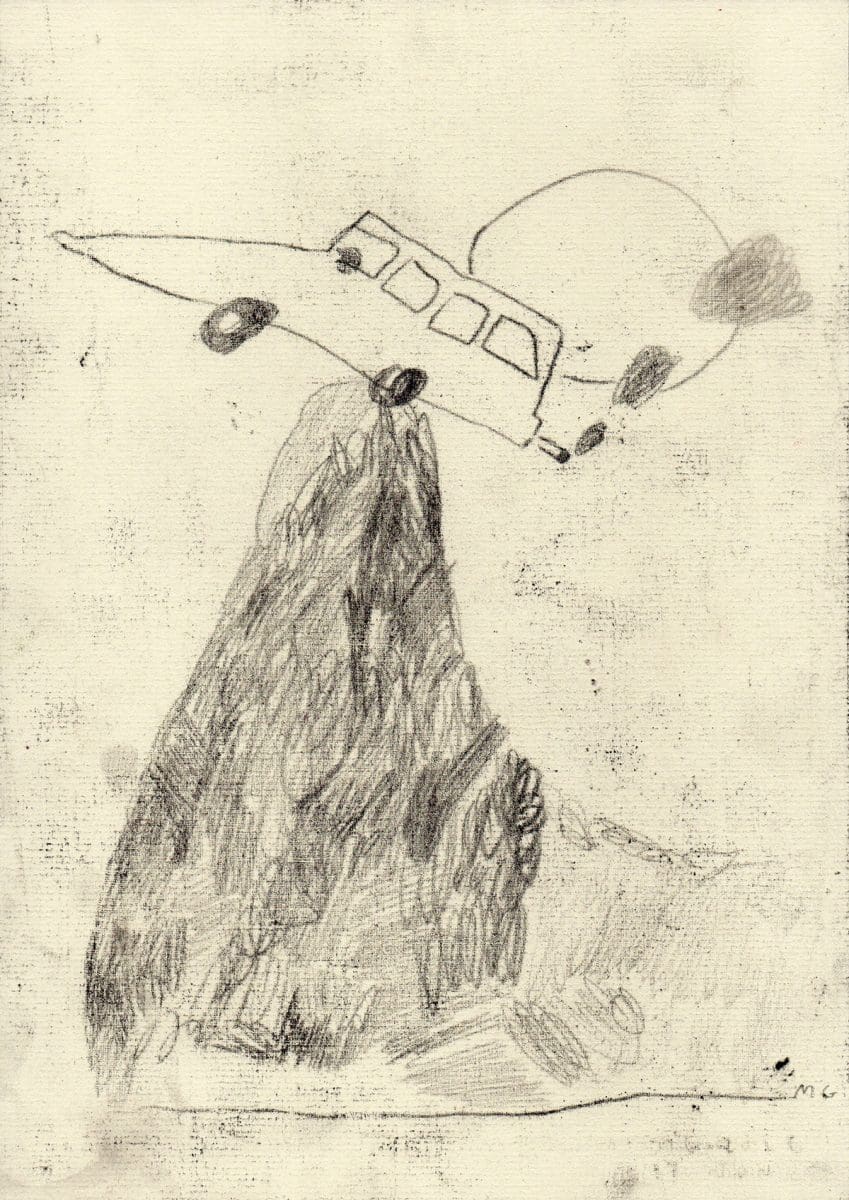
Matlock Griffiths, Hott Car (1), 2016, charcoal on paper, 29.7cm x 21cm. Image courtesy the artist and Darren Knight Gallery, Sydney.
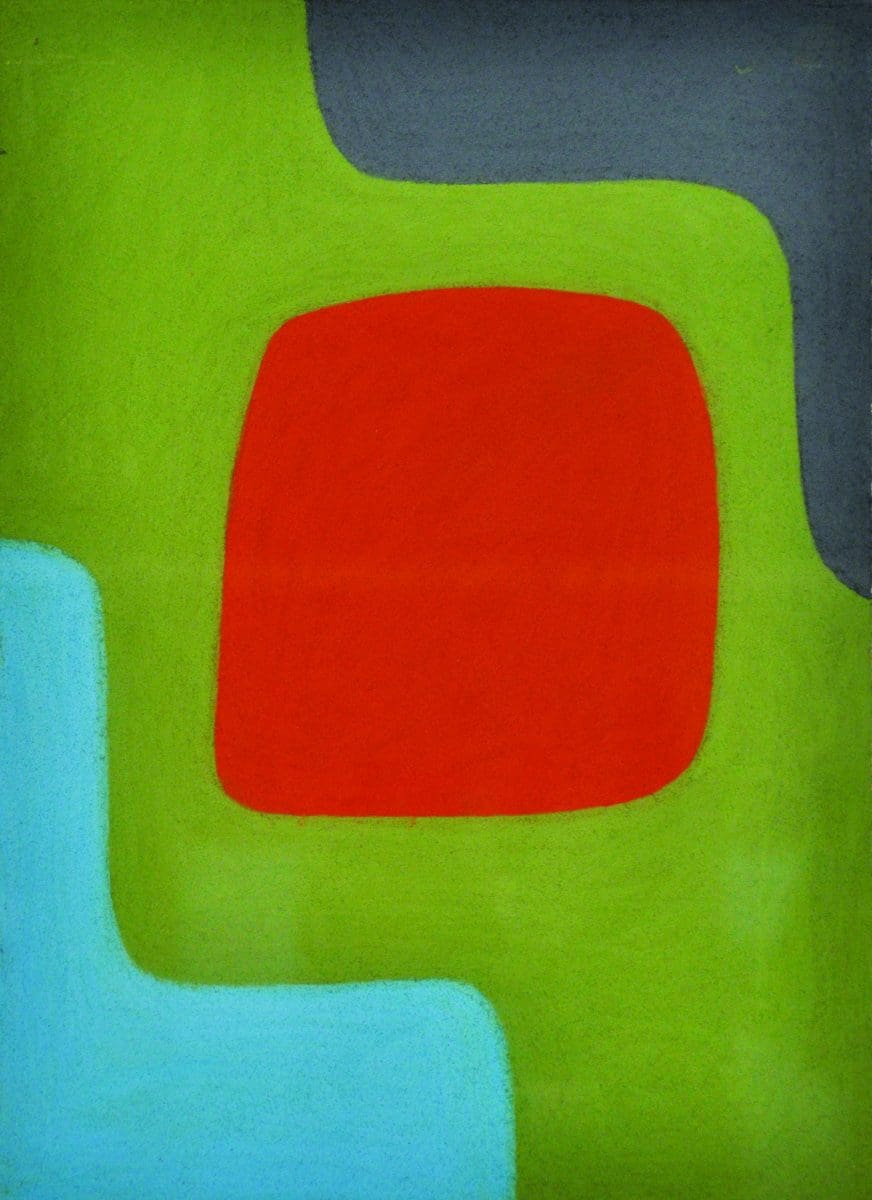
Julian Martin, Not Titled, 2016, pastel on paper, 38cm x 28cm. Image courtesy the artist and Arts Project Australia.
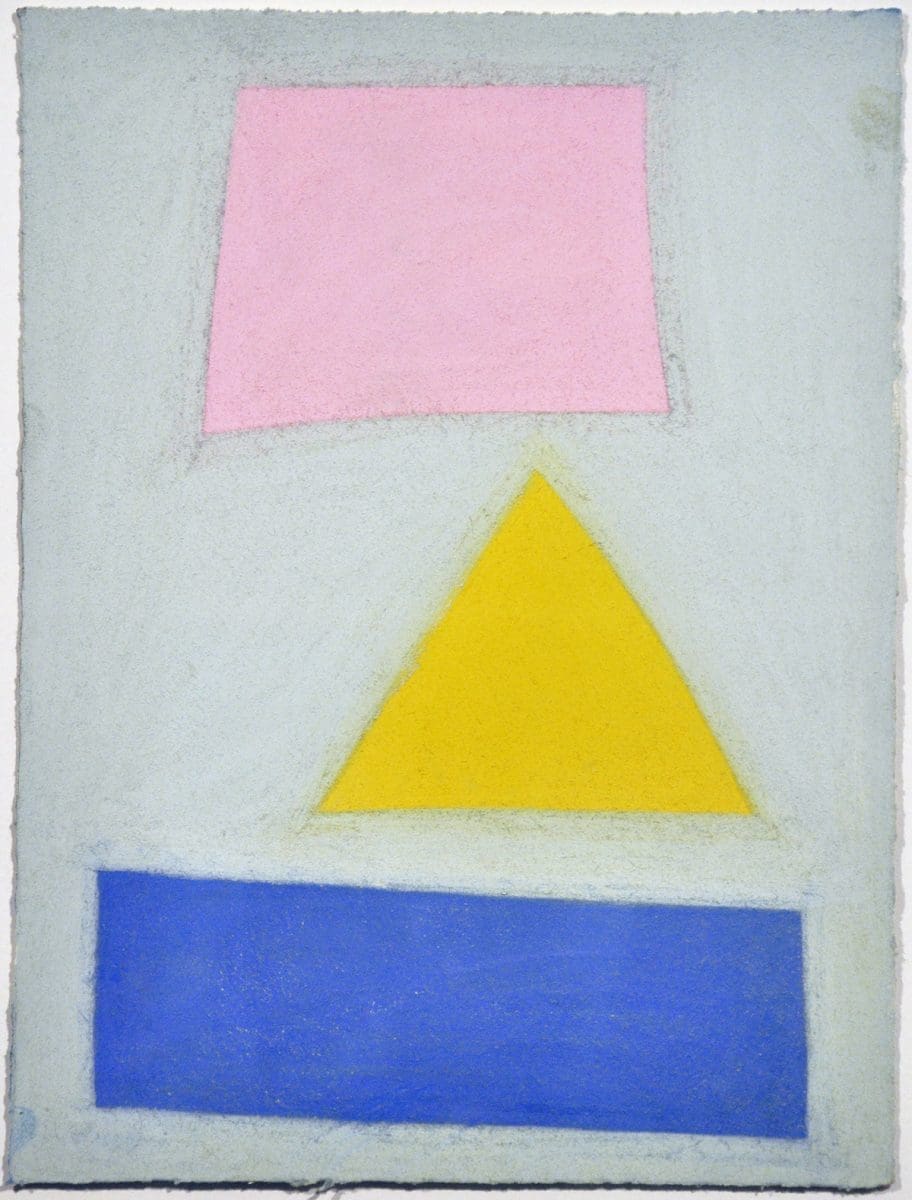
Julian Martin, Not Titled, 2016, pastel on paper, 38cm x 28cm. Image courtesy the artist and Arts Project Australia.
Julian Martin has been working at Arts Project Australia for 30 years. He is non-verbal. If another artist wishes to collaborate with Martin, it is not in any conventional way: a shared studio space, a joint artwork or a spoken discussion about ideas are not in the offing. Rather, the meeting of minds and art is about invitation and response – both participants using visual expression alone.
Artist Matlok Griffiths is loquacious when describing the interaction he had with Martin during recent collaborations. Martin attends the APA Northcote studios thrice weekly and has his own area upstairs where he works standing up, using soft pastels on beautiful paper. His art is bold, velvety and deceptively pared-back. Griffiths’ work, by contrast, is busy and vocal – yet the two, somehow, meet on some plane.
“He did,” says James McDonald, studio manager at APA. “The collaboration was a visual correspondence, based on the same reference material. Matlok sent through the images and we let Julian know that someone who liked his work had taken these photographs and he might like to use them. It is an offer, not a request, instruction or order. All we do is leave things in Julian’s vicinity. If he was going to respond to them he would, and if not he would put them away from his desk.” Griffiths, in turn, responded to the response: paintings riffing off pastels that referenced photos.
APA is well-known for getting external practitioners to collaborate with its artists, who have a broad range of abilities and conditions (such as autism). This one began with an engagement with Louise Klerks, director of non-profit Chapter House Lane gallery, who enabled several collaborations for group show in 2015-16. As curator, she guided the collaborations superbly and it was felt to be a great success. That led to August’s smaller group show: second iteration, including the collaboration between Griffiths and Martin, as well as between Georgia Szmerling and Pia Murphy, and Alan Constable and Benjamin Lichtenstein.
“We can’t predict that every collaboration will be successful, but we are willing to take the risk to enable something to happen,” says APA manager and curator Sim Luttin. “It is about finding the way the communication channel can best happen and in this case it was providing visual research material as cues. Matlok is familiar with Arts Project Australia and with Julian. There’s a really nice interplay in the work.”
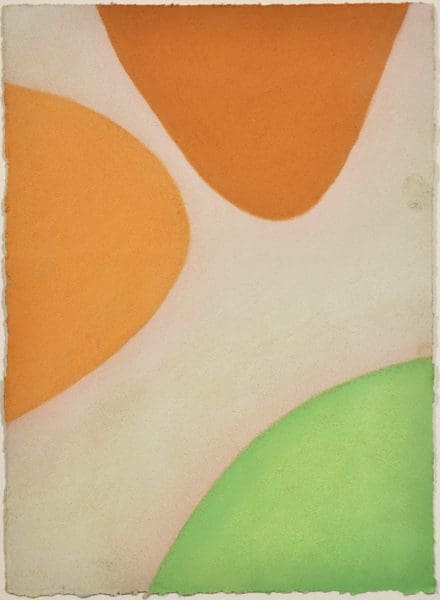
For second iteration, exhibited at APA, the photographs Griffiths took were included on a video screen alongside some of the paintings both artists made for group show, plus new works.
Martin has regular routines around the days he comes in and the materials he uses. A recent experiment suggested to him was to try different pastels, but before long he returned to those he loves. It has also been suggested he start to vary his scale and return to making the larger images he created earlier in his career. Time will tell if he takes this up.
McDonald says Martin will nod his head to acknowledge he has understood what has been said. “There is no yes or no, we just relay the information about the collaboration and just leave it. Julian is someone who doesn’t need a lot of engagement – the sensory nature of information for him can be too much.”
Griffiths says that when looking at the work Martin produced in response to his own photographs, there are visual clues. “Because he’s non-verbal you can’t ask why he makes different decisions, how he interprets and whether there is an aim for abstraction or representation,” he says. “I like that awkward middle ground in his work – drawing, painting, figuration and abstraction. That is maybe what Louise saw in our connection.”
Griffiths says when he first came to meet Martin, the artist was working from a Soutine painting. “He was making a still life with this hint of olive and grey tones. It was pure abstraction.” Likewise, looking at his own photographs from Indonesia of everyday things such as storefronts, gas bottles, cars and houses, the strong visual connection is evident.
Even so, how did Luttin, McDonald and Griffiths know that Martin would meet the tight deadlines for the exhibitions – a practicality, surely, it must difficult to arrange with someone who doesn’t engage on that level?
“We know from working with Julian the pace he works at,” Luttin says. “We know he will create one or two artworks each day. So we knew that as long as he was interested, he would complete it in time. He is so meticulous and consistently good, you can almost map it out.”